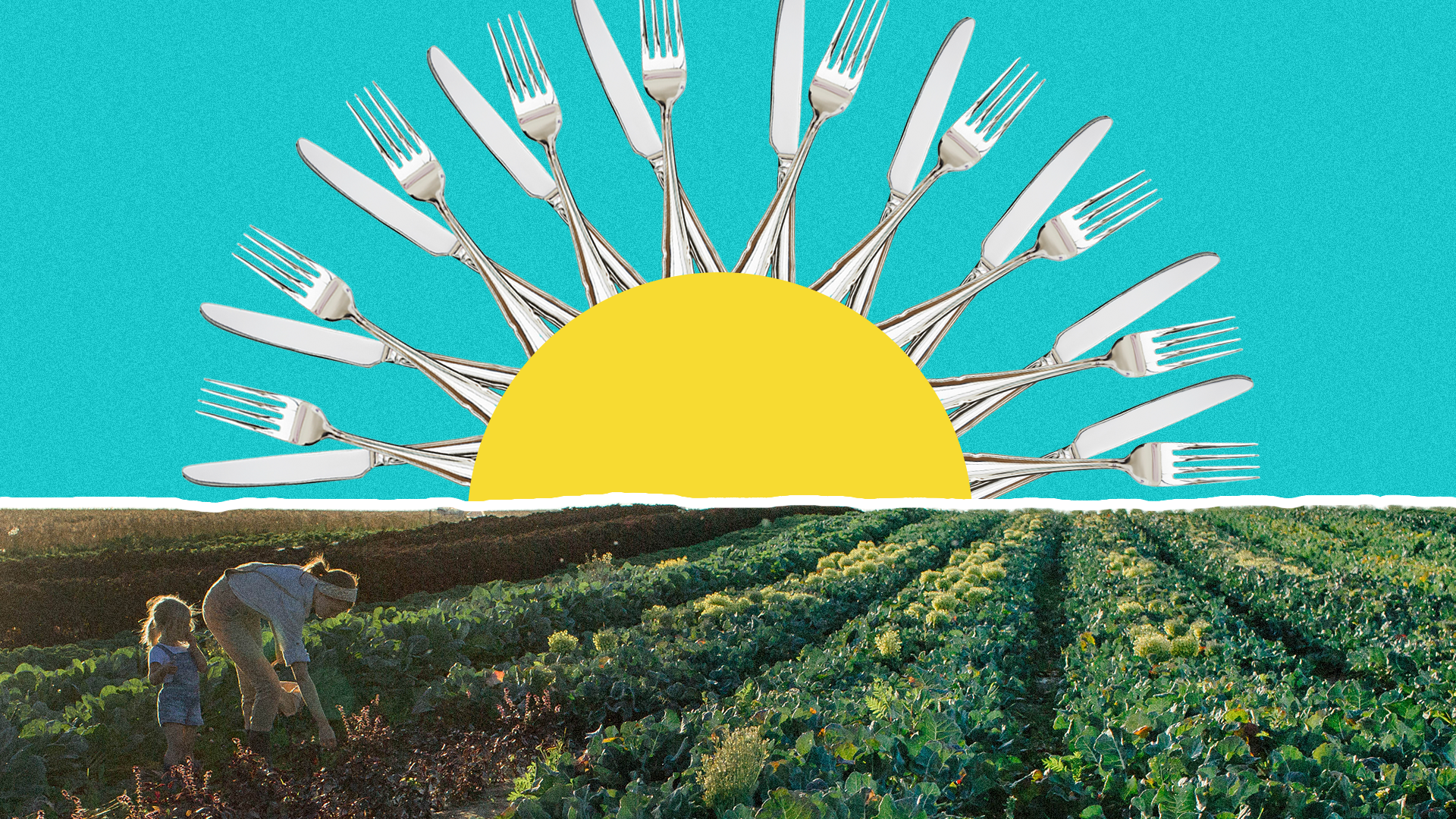Cascading benefits
How today’s system of climate solutions can help bring about a regenerative future for all

Skradinski Buk waterfall, Krka National Park, Lozovac, Croatia
Credit: Joe GreenMaking a difference in climate is all about building coalitions and working collaboratively. Bringing together as many and as wide a variety of stakeholders as possible to work hand in hand is the best—perhaps the only—way to truly move the needle on a problem of this magnitude. This is a Race to Zero, and we must link arms to get on track and achieve the 1.5°C climate target.
Of course, that is easier said than done. Getting everyone into the same room is hard enough; getting them to agree on a plan and move collectively at scale has proven nearly impossible to date. Climate change is an existential threat the likes of which we’ve never faced before, and it has been politicized to such a degree that even mentioning it can shut down dialogue with many of the people, industries, and institutions that contribute to it most.
To bring everyone on board, we need to stop focusing so much on the cascade of destruction that climate change may create and start talking about something else: the cascading benefits that climate solutions can bring to human and planetary well-being.
The cascading benefits of climate solutions
In 2008, I took a sabbatical from my doctoral research on institutional change to backpack through sub-Saharan Africa. There, I experienced firsthand the intimate relationship between people and the planet. The rich biodiversity and vibrant cultures I encountered filled me with a new sense of joy and passion for the world I lived in. But I also witnessed extreme poverty, malnutrition, and the degradation of precious ecosystems—an all-too-powerful reminder that environmental devastation and human inequality go together, both products of a long history of exploitation and an economic system that benefits few at the expense of many.
Since then, I’ve dedicated my life and research to working at the nexus of human rights, the environment, and sustainable development—all issues at the front lines of the climate crisis. Rising global temperatures and their effects on our natural and economic systems exacerbate preexisting challenges and create new ones. Thus, it is no surprise that climate change does, and will continue to do, disproportionately harm to economically disadvantaged communities, Indigenous peoples, women and girls, people of color, and the Earth’s unique biodiversity.
Yet, there is another side to the story. A growing body of research has demonstrated that climate solutions—technologies and practices that reduce greenhouse gas emissions—can help reduce, if not eradicate, hunger, poverty, inequality, and many other deep-seated issues that grip our world. In fact, as my colleagues and I outlined in a recent paper, the 82 climate solutions we evaluated at Project Drawdown as a “system of solutions” to stop global warming have 2,647 beneficial links to the UN Sustainable Development Goals (SDGs). These cascading co-benefits include ensuring future food security, providing abundant access to clean energy, preserving and restoring life on land and in the oceans, improving gender equality, and ensuring inclusive economic growth for all. When we add in the potential of $80–115 trillion of economic savings from this system of solutions by 2050, the way forward is pretty obvious.
Take, for example, the way humanity produces and consumes food. About 24 percent of global annual emissions are generated from the Food, Agriculture, and Land Use sector. Land conversion for food production is the largest contributor to deforestation. Modern agriculture degrades soil productivity and turns land into a net emitter of greenhouse gases. We demand increasing amounts of animal proteins to the point of vastly overconsuming this high-emitting, resource-intensive commodity, particularly in the richer parts of the world. Yet up to 40 percent of all food produced is lost or wasted across the supply chain, resulting in an additional 8-10 percent of global greenhouse gases from all energy and resources used to produce that waste. All the while, 800 million people around the world are going hungry.
There is an alternative, simpler story to tell. Research shows that by (1) implementing regenerative agriculture, which restores soil productivity and sequesters carbon; (2) adopting a resource-, and emissions-efficient, plant-rich diet; and (3) cutting food loss and waste by at least half, we could not only put a 300- to 420-gigaton dent in atmospheric greenhouse gases in 30 years, but also produce enough food to feed the world’s growing population a healthy, nutrient-rich diet without shortage on current farmland. That means there would be no need to cut down forests for farms and pastures.
This is what I mean by cascading benefits: the solutions to climate change are the same as the solutions to food security, public health, ecosystem and biodiversity preservation, and improved livelihoods. Climate change aside, these are the things we need to do to create a society that serves and respects all people. So perhaps it’s time to stop calling them “climate solutions” and call them what they really are: human solutions.
Toward a regenerative future for humanity
This is why I believe that climate change offers perhaps the greatest opportunity humanity has ever had: the opportunity to create a future that benefits all. We can shift the way we do business from an inherently exploitative, extractive system to a new normal that is by nature restorative and regenerative.
The science is clear. This “regenerative future” is within reach with today’s technology and expertise. What we need is the wherewithal to get it done. And that requires that we change the narrative around many of the world’s most difficult problems from one of fear and apathy to one of solutions and possibility. Doing so will bring the financial capital, political will, and public interest to move forward with the speed necessary to avert disaster.
Actually, there’s one more thing we need: Partnership. Climate solutions inform and reinforce each other in myriad and complex ways. Only by approaching them as an integrated system and implementing them in parallel around the world can we unlock their true potential to create a future that benefits humanity and the planet.. This “system of solutions” can only be realized through broad-based, effective local, regional, and international collaboration that connects governments, businesses, financial institutions, communities, and individuals. By building inclusive coalitions that foster participatory engagement, and by actively embedding equity and social justice principles in the implementation of all climate solutions, we can help achieve all 17 SDGs and address today’s deep, systemic inequalities—all while halting global warming and preventing the worst effects of climate change.
This is the regenerative future I dream of; this is the power and the enormous potential of the cascading benefits of climate solutions.
Press Contacts
If you are a journalist and would like to republish Project Drawdown content, please contact press@drawdown.org.



